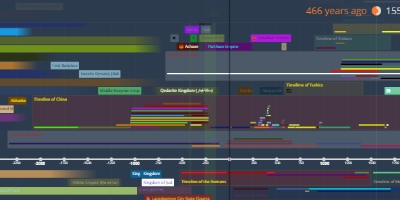Qedarite Kingdom (مملكة قيدار) (jan 1, 750 BC – jan 1, 150 BC)
Description:
The Qedarite Kingdom, or Qedar (Arabic: مملكة قيدار, romanized: Mamlakat Qaydar, also known as Qedarites), was a largely nomadic, ancient Arab tribal confederation. Described as "the most organized of the Northern Arabian tribes", at the peak of its power in the 6th century BCE it had a kingdom and controlled a vast region in Arabia.Biblical tradition holds that the Qedarites are named for Qedar, the second son of Ishmael, mentioned in the Bible's books of Genesis (25:13) and 1 Chronicles (1:29), where there are also frequent references to Qedar as a tribe. The earliest extrabiblical inscriptions discovered by archaeologists that mention the Qedarites are from the Neo-Assyrian Empire. Spanning the 8th and 7th centuries BCE, they list the names of Qedarite kings who revolted and were defeated in battle, as well as those who paid Assyrian monarchs tribute, including Zabibe, queen of the Arabs (šar-rat KUR.a-ri-bi). There are also Aramaic and Old South Arabian inscriptions recalling the Qedarites, who further appear briefly in the writings of Classical Greek, such as Herodotus, and Roman historians, such as Pliny the Elder, and Diodorus.
It is unclear when the Qedarites ceased to exist as a separately defined confederation or people. Allies with the Nabataeans, it is likely that they were absorbed into the Nabataean state around the 2nd century CE. In Islam, Isma'il is considered to be the ancestral forefather of the Arab people, and in traditional Islamic historiography, Muslim historians have assigned great importance in their accounts to his first two sons (Nebaioth and Qedar), with the genealogy of the Islamic prophet Muhammad, alternately assigned to one or the other son, depending on the scholar.
Added to timeline:
Date:
jan 1, 750 BC
jan 1, 150 BC
~ 600 years
